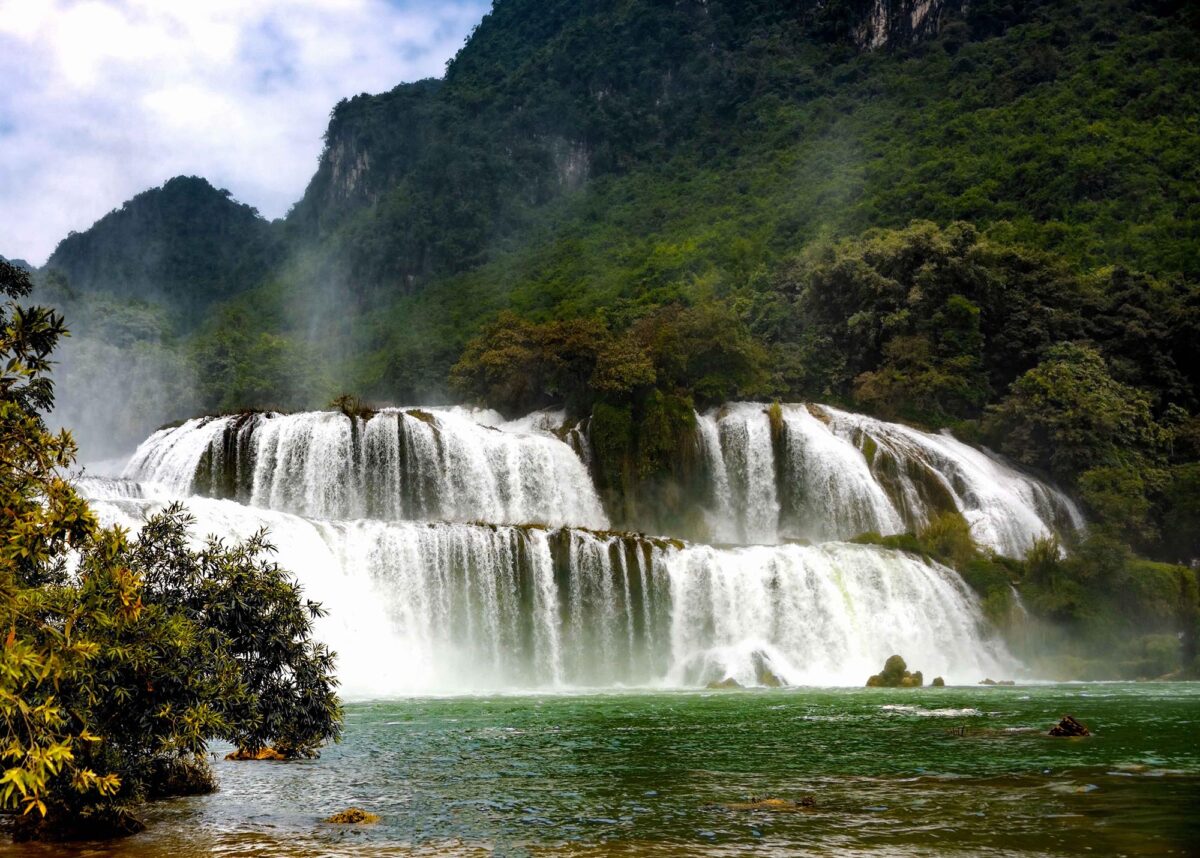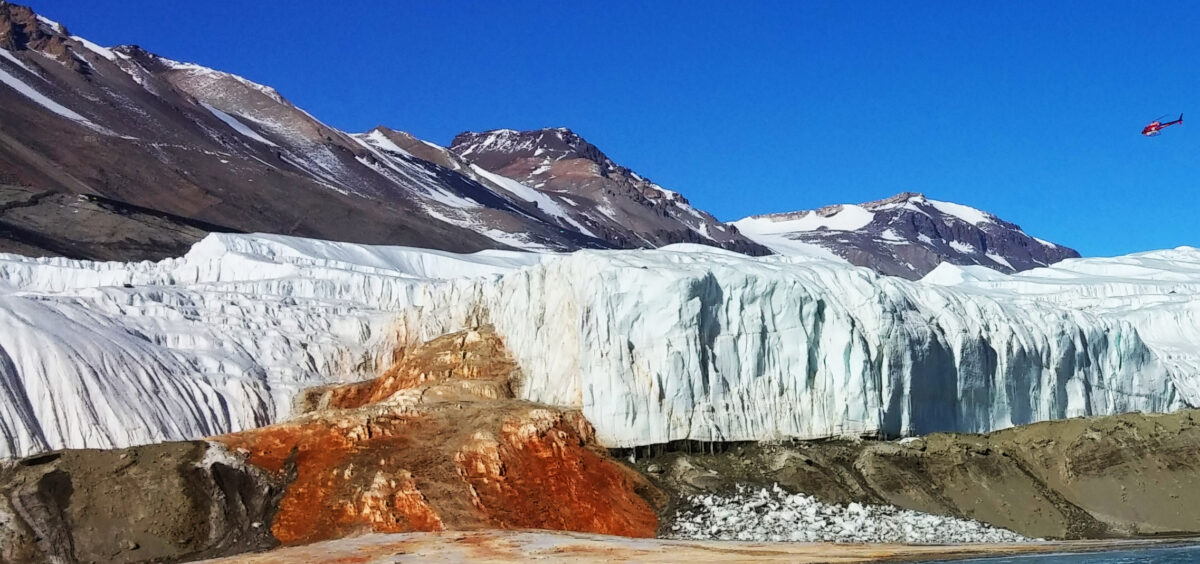A penguin chased by hungry orcas discovered a clever way of escaping the large predators, and whale watchers were a part of its scheme.
A penguin being chased by a pod of hungry orcas in Antarctica discovered a clever way of escaping the large predators, and whale watchers were a part of its scheme.
Travel blogger Matt Karsten and his wife were on a tour through the icebergs of Gerlache Strait when the unique encounter took place, Karsten capturing video of the episode.
https://www.youtube.com/watch?v=h_hoJ_-103o
“We were heading out for a scenic Zodiac cruise between icebergs when a large pod of orcas showed up playing in the water besides us,” Karsten explained to Daily Mail.
“They swam right up to the camera and said hello. Suddenly the orcas started chasing a gentoo penguin trying to eat it.
“Back and forth they went with the penguin swimming fast with the orcas on its trail. Eventually the poor penguin tried to jump into a nearby zodiac boat. The penguin failed at first, [bouncing off the side of the Zodiac and] falling back into the water, but then managed on the second attempt.”
Also on FTW Outdoors: Angler breaks 55-year-old brown trout record, calls it ‘next-level big’
The orcas actually followed the Zodiac boat for a while before giving up and moving on.
“After cruising for a little bit, the penguin said goodbye to the boat and hopped back into the icy water,” Karsten told the Daily Mail.

“It was crazy to see in person. It was like watching a National Geographic episode on location. I imagine the penguin was very relieved to get away.”
Photo courtesy of Matt Karsten.
Also on FTW Outdoors: Huge shark that barely fit into fishermen’s boat ignites controversy
[mm-video type=playlist id=01f09p3bf720d8rg02 player_id=none image=https://ftw.usatoday.com/wp-content/plugins/mm-video/images/playlist-icon.png]





